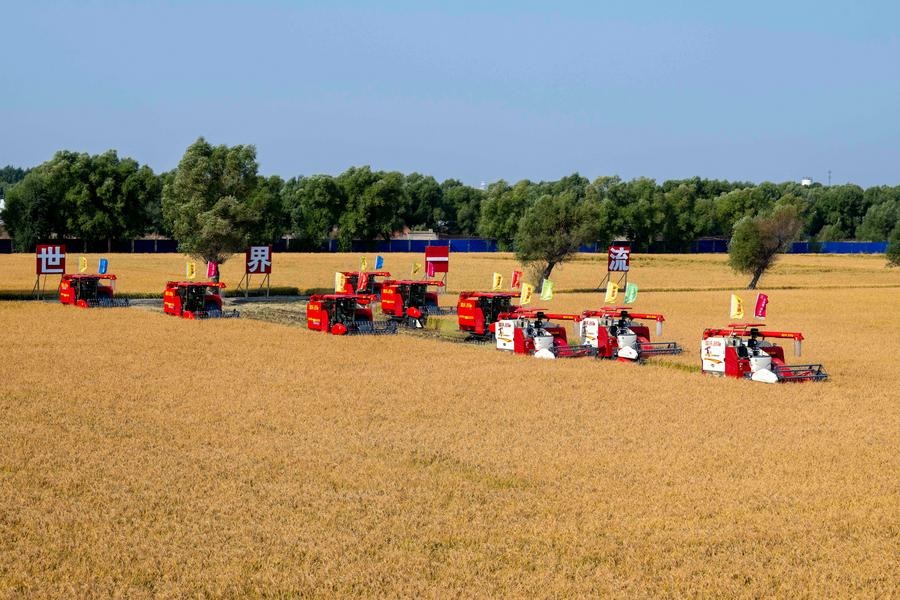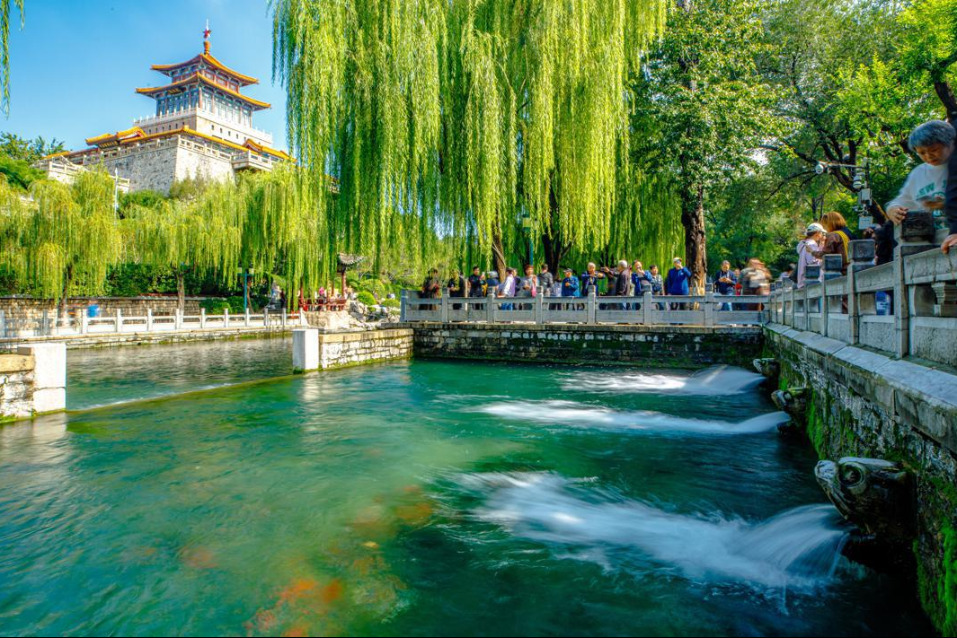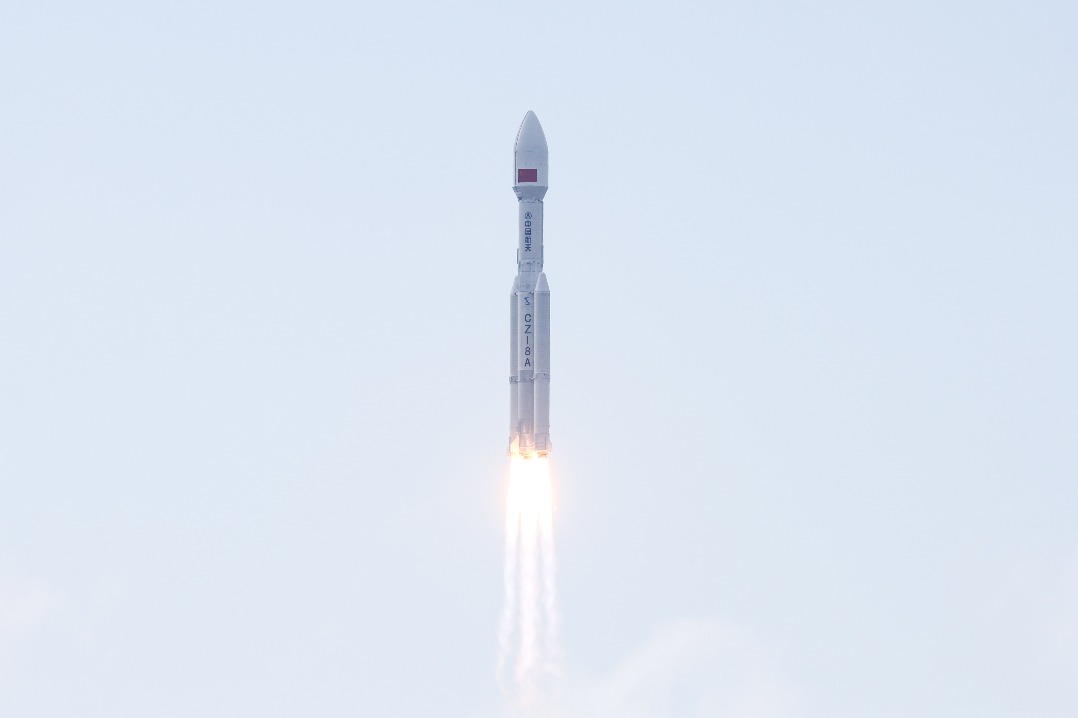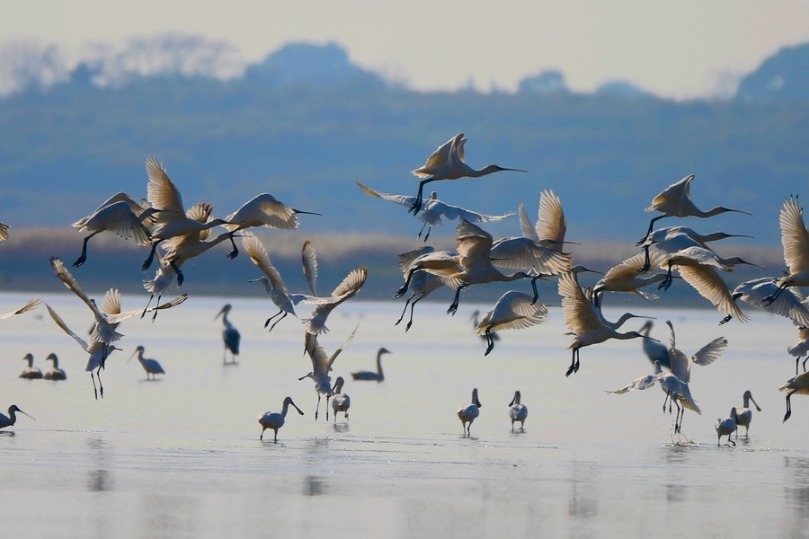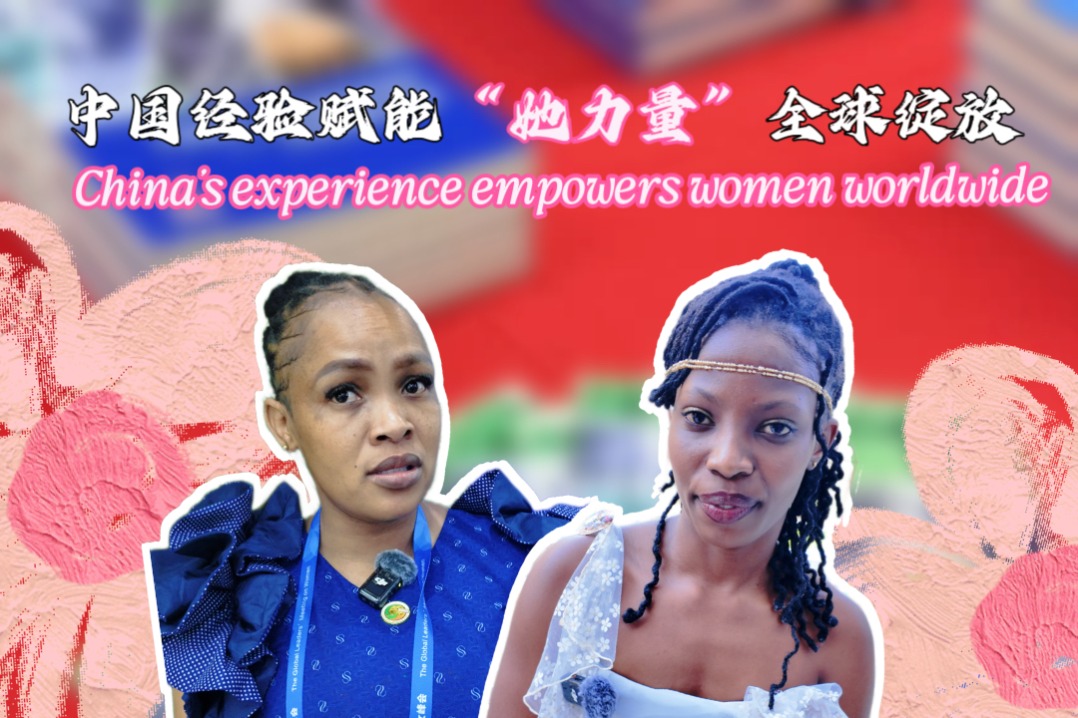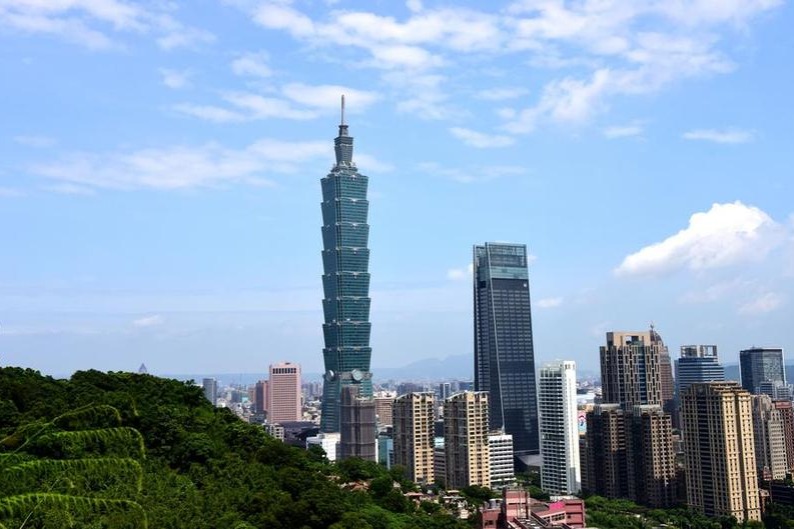Space seeds take root in Inner Mongolia


Eighteen kinds of plants bred in space have entered the ground stage in the Inner Mongolia autonomous region.
All the experimental plants were sent to Earth by the Chang'e-5, Shenzhou-13 and Shenzhou-14 spacecraft.
Mutation breeding in space is a new technology trend. It refers to sending crop seeds or test tube seedlings into space, using the mutagenic effect of the space environment (high vacuum, and cosmic magnetic fields) to mutate the seeds, which are then returned to the ground to cultivate new varieties.
Liu Yaling, director of the Innovation and Breeding Research Institute of Mengcao Group and deputy secretary-general of the Grass Seed Technology Innovation Center in the Inner Mongolia autonomous region, said, "We have carried out space breeding experiments on 18 breeding materials including wild barley, couchgrass, red fescue and yellow flower alfalfa on space missions.
Through the experiment of sowing the mutated varieties and control varieties at the same time, plants with excellent characteristics were selected for the cultivation of new varieties.
- Cities get new lease on life
- Shenzhen's biopharma firm signs deal with global leader in cell therapy
- Former head of Central South University under investigation
- Shanghai Ocean University honored for helping sustainable systems
- China announces certification program to regulate data transfer
- Intl agricultural trade fair opens in Tianjin
















